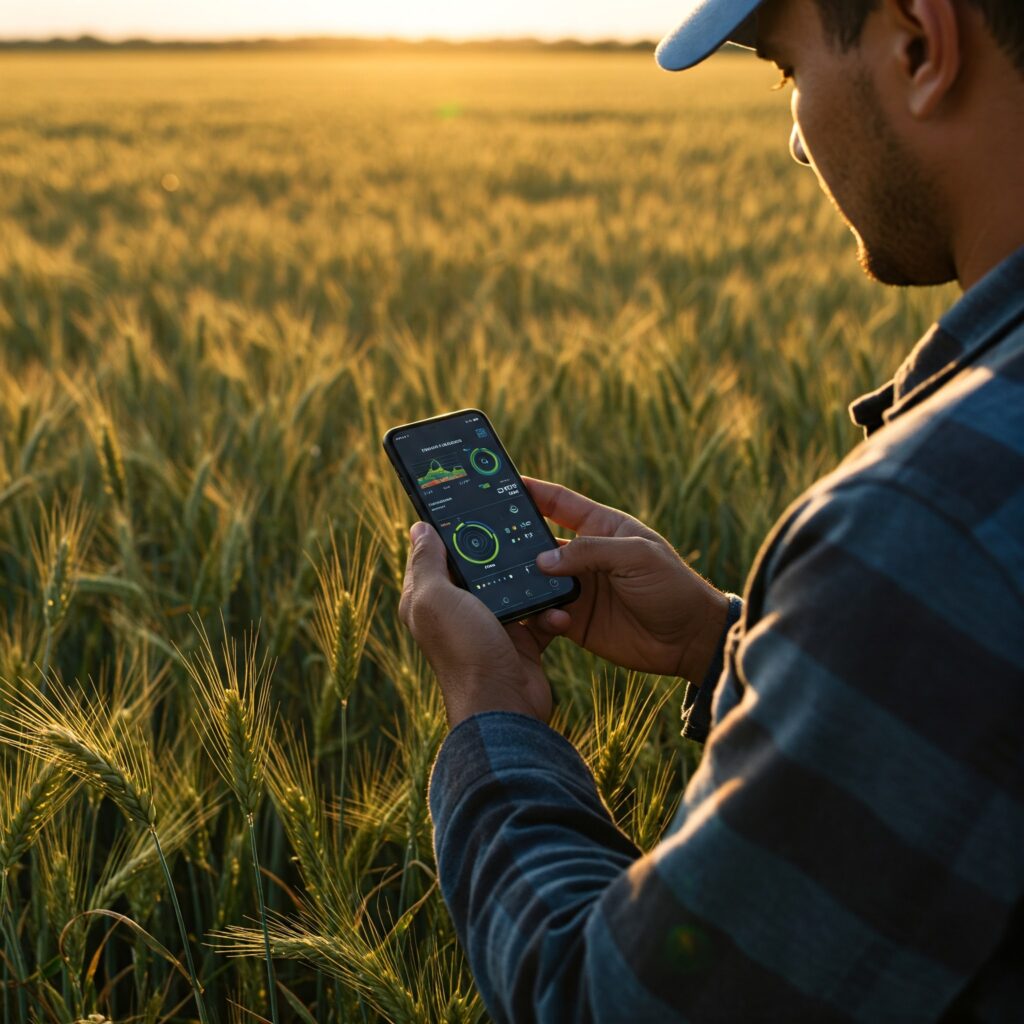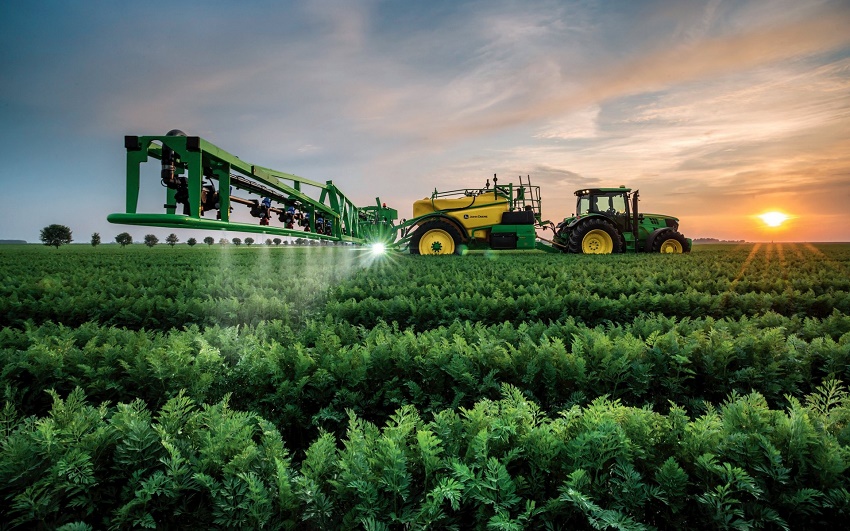Nowadays, stories and images of foot-free fields; smart farms without people; farmers sitting at home selling agricultural products across borders… appear more and more in the countryside.
Notably, in many localities, farmers have been cultivating organically and applying digital technology in the care and management of crops and livestock in a fully automated manner. Accordingly, the most advanced technologies today such as blockchain (block chain technology), artificial intelligence, data management, IoT (internet of things), big data (big data), drones... have been applied by people in the production, processing and consumption of agricultural products.
In particular, through smart devices, many farmers have mastered their gardens and farms conveniently and effectively. They can sit anywhere and still be able to water, fertilize, and monitor the growth of crops on the farm with the touch of a smartphone.
In fact, the digital age has been helping farmers improve their knowledge, automate production processes, business, management, and monitoring of product origin and supply chains, ensuring speed, transparency, accuracy, safety, and food hygiene. And above all, it helps increase labor productivity and enhance the competitiveness of Vietnamese agricultural products in the international market.
In other words, through digital transformation, farmers do not have to “look to the sky, look to the earth, look to the rain…” but look to data and technology to help them connect, no longer be confused about the market, and at the same time help consumers understand clearly about the origin and quality of agricultural products.
Obviously, the digital age has been creating huge opportunities for farmers to get rich on their homeland.
In the “National Digital Transformation Program to 2025, with a vision to 2030” approved by the Prime Minister on June 3, 2020 in Decision No. 749/QD-TTg, agriculture is one of the eight priority areas for digital transformation. In particular, focusing on developing high-tech agriculture towards smart agriculture, precision agriculture, increasing the proportion of digital agriculture in the economy.
To carry out this important task, the most important issue now is that the agricultural sector as well as localities, farmers, cooperatives and enterprises must join hands in digitization, building a digital data warehouse to move towards large-scale, modern business. Accordingly, focus on building large data systems of the sector such as land, crops, livestock, and aquatic products; building an integrated aerial and ground observation and monitoring network to serve agricultural activities. In particular, it is necessary to promote the provision of information on the environment, weather, and soil quality so that farmers can improve productivity and crop quality, and support the sharing of agricultural equipment through digital platforms.
For farmers in particular, to develop in the digital age, it is necessary to change their perception of digital transformation, e-commerce, and traceability to become digital citizens. In particular, farmers need to join cooperatives, cooperative groups, and agricultural extension systems to serve production in order to facilitate the move towards large-scale production, apply digital technology, automate production, business, and management processes, monitor the origin and supply chain of products, and ensure speed, transparency, accuracy, and safety.
The value of digital transformation in agriculture is not only the story of applying technology to create surplus value for the economy, but also helps millions of farming households access and update new knowledge, open up new ways of thinking, new ways of doing things, and be willing to change to keep up with development trends in the 4.0 era.


